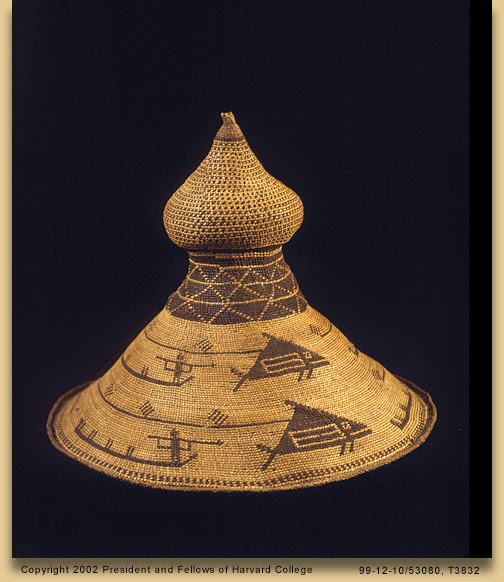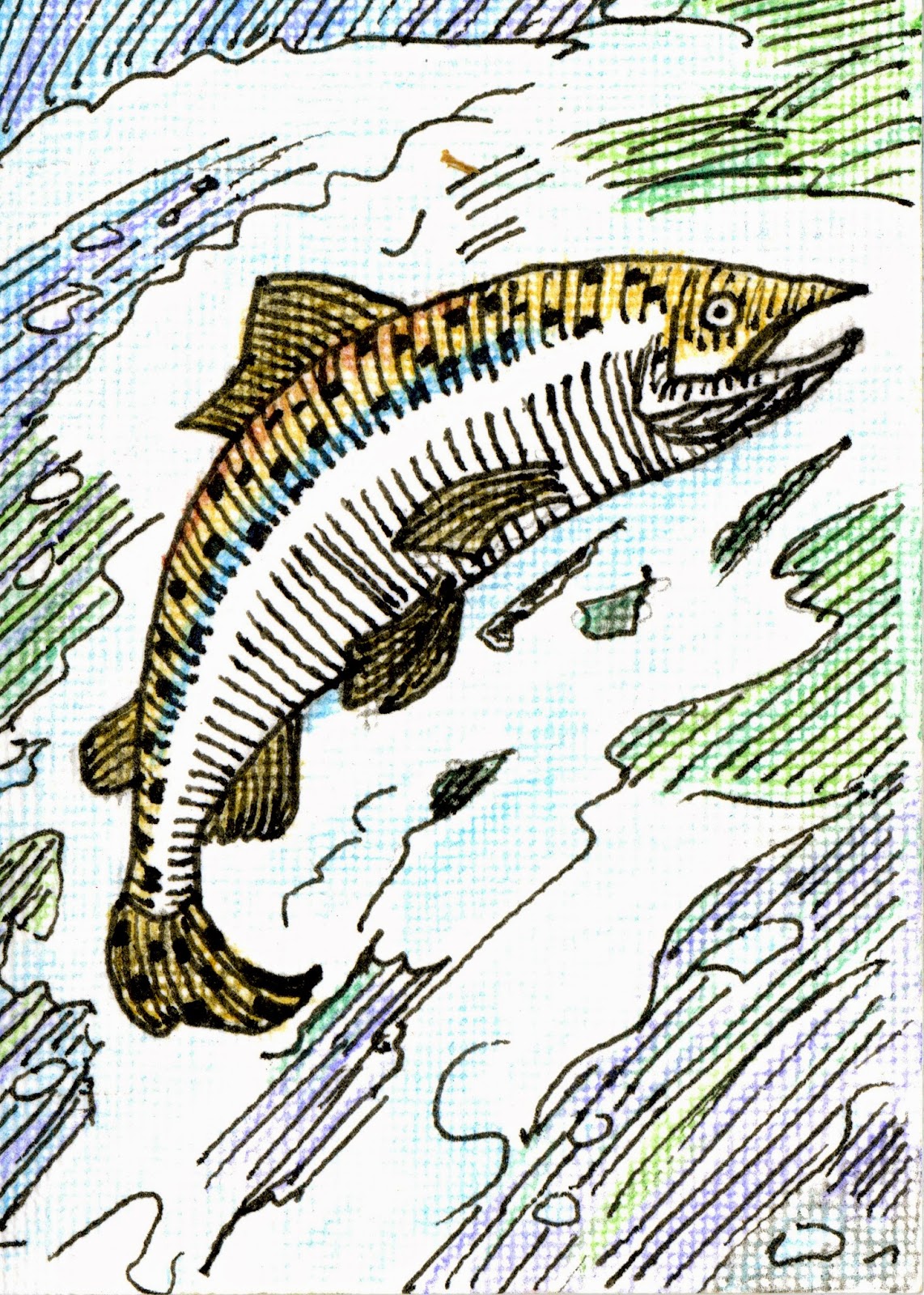The Kickstarter Animal of the Day: Glyptodon!, one of our favorite prehistoric animals. It came into North America from South America, and it resembles other animals that it's not related to. That's called convergent evolution. Because of the way the environment impacts evolution, animals that aren't related can develop similar physical characteristics. In millions of years there may be an animal that looks like an elephant, but isn't...because of whatever vegetation and environmental pressures there will be then.
Thursday, February 12, 2015
Day Ten: Giant Ground Sloth!
Megafauna of the Day: Giant Ground Sloth. They were vegetarian, but would still have been formidable to encounter. They were called Megatherium, and they could be twenty feet in length and weigh up to four tons. They lived until approximately 10,000 ago, and perhaps went extinct from human hunting. Jefferson was given a gift of giant sloth bones that he first mistook for a giant lion. Monticello has an interesting article on Jefferson's involvement with the bones: http://www.monticello.org/site/research-and-collections/megalonyx-jeffersonii-fossils
We Reached Our Kickstarter Goal!
Today we reached our Kickstarter goal! Thank you to everyone who helped make this happen! And we're announcing a STRETCH GOAL to cover parts of the program not already included, such as documenting the choreography with photography and film, and a learning dance mat with map components on it.
Tuesday, February 10, 2015
Day Nine: Mammoth!
This is a still from our wonderful new Kickstarter video about the Teaching Children Science through Dance project!
Monday, February 9, 2015
Day Eight: the American Cheetah!
Today's Kickstarter Animal is the American cheetah! North America has had many animals that we don't think of as North American: the camelops, a form of camel; the American cheetah; the American lion (resembling an African lion more than a cougar); and the mammoth. North America has also had many forms--at one time there was a sea in the middle of it called the Western Interior Seaway. We'll be teaching about these animals and about North American geological history at Earth Day 2015.
Sunday, February 8, 2015
Day Seven: Pronghorn!
Pronghorn! The Pronghorn is a wonderful link between today's animals and prehistoric animals. It is the fastest animal native to North America --it evolved its speed to escape the American cheetah (yes, we had cheetahs once upon a time). It is the last of its kind; the other eleven species lived in prehistory. Today is our final feature of the migratory animals that will show up in our Kid*Vention Migration Station Feb. 21st. Tomorrow we move on to the prehistoric mammals that will appear for our Earth Day booth on the Downtown Mall! Be prepared for Megafauna!
Saturday, February 7, 2015
Day Six: Pelican!
Our Kickstarter Animal of the Day is Pelican. Lewis and Clark navigated a Missouri River covered in hundreds of white feathers, and there are still pelicans on the Missouri River today.
photo by Jim Rathert, Missouri Dept. of Conservation
photo by Jim Rathert, Missouri Dept. of Conservation
Friday, February 6, 2015
Day Five: Whale!
Our Kickstarter Campaign is now over 70% funded, with 10 days to go! The Kickstarter Animal of the Day is Whale: here you can see the Chinook hat with whales on it that that Lewis and Clark brought back from the Pacific Coast. And it is believed that the whale skeleton they and Sacagawea saw near the mouth of the Columbia River was a Blue Whale, since it was over 100 feet long.
Thursday, February 5, 2015
Day Four: Mountain Goat!
Kickstarter Animal of the Day: Mountain Goat!
This drawing of the Mountain Goat is from one of our afterschool workshops. When we teach children about animals through art and dance, we talk about the different ways animals move and we draw the animal to understand it better. The Mountain Goat is unique to North America, and it's not related to the domestic goat, but to antelopes and cattle. It is very nimble and has dewclaws that help with traction on the mountains. It can jump from one rock to the other very easily. When the nannies (female Mountain Goats) fight they lower their heads and circle one another.
Wednesday, February 4, 2015
Day Three: Salmon!
Here is the Kickstarter Animal of the Day: Salmon! Salmon are born in freshwater, but then usually migrate to the ocean. To spawn they return to the river to the exact place where they were born, leaping upstream, even over small dams. They are vigorous and can travel hundreds of miles upriver.
Tuesday, February 3, 2015
Today's Kickstarter Animal! We're featuring a new animal every day of our Kickstarter campaign, animals that we'll be teaching children about through dance, art, and displays. First, we'll teach about the animal's movements, and then we'll create a dance of our own.
Fact Sheet about the Monarch Butterfly: The Monarch begins as an egg and then transforms into a caterpillar. The caterpillar moves in a circular motion while eating milkweed. In the chrysalis stage it hangs from its legs. It resembles the letter J. When it emerges from its case, which has become transparent, it remains hanging until its wings are dry. Then it flies.
In “A Field Guide to the Butterflies of North America, East of the Great Plains,” the flight of the Monarch is described as “slow and sailing.” This wafting can take them over three thousand miles to their overwintering location in Mexico. The adult weighs less than a gram and has sensors on its head, legs and feet. Hairs on their bodies give them information about movement.
Fact Sheet about the Monarch Butterfly: The Monarch begins as an egg and then transforms into a caterpillar. The caterpillar moves in a circular motion while eating milkweed. In the chrysalis stage it hangs from its legs. It resembles the letter J. When it emerges from its case, which has become transparent, it remains hanging until its wings are dry. Then it flies.
In “A Field Guide to the Butterflies of North America, East of the Great Plains,” the flight of the Monarch is described as “slow and sailing.” This wafting can take them over three thousand miles to their overwintering location in Mexico. The adult weighs less than a gram and has sensors on its head, legs and feet. Hairs on their bodies give them information about movement.
At the Lewis & Clark Butterfly Festival last fall: Dancing the Lifecycle of the Monarch
Caterpillar Art
A Monarch wafts up the stairs at the Lewis & Clark Exploratory Center, heading to Mexico
Monday, February 2, 2015
Kickstarter Animals!
We have two weeks to reach $2000 on our Kickstarter campaign, and each day we're going to post about the animals our dance and art program teaches children about. Here are some photos from our maskmaking and drawing programs. Also, included is a buffalo sign that we use for scavenger hunts along the trails.
To translate an animal into a dance, we teach children the basics of their movements. Here are the buffalo basics: Their huge heads and hump make them seem top heavy as they move. They are big, but fast and agile. They move in herds, and can go as fast as thirty miles an hour. When they shed their long fur in the spring, they rub against trees and rocky outcrops. Their fur falls off in tatters. Buffalo roll in the earth to relieve themselves from insects. In the mid to late summer the bulls fight each other for females. They lower their heads and paw the ground. Historically, buffalo could be found not only in the Midwest but on the East Coast, and as far south as Mexico.
Sunday, February 1, 2015
Teaching Children Science through Dance: Our Kickstarter Campaign is Live!
We're excited to announce that our first Kickstarter campaign has gone live! Please support us and make a pledge!
https://www.kickstarter.com/projects/150849775/teaching-children-science-through-dance
We're raising money for our new activities that will be offered to the public at Kid*Vention and Earth Day 2015. We'll be teaching about North American animals past and present through dance and art, delving into current animal migrations and then into the megafauna of 10,000 years ago. These are the mammoths and giant ground sloths that Thomas Jefferson was so interested in--and that he hoped Lewis & Clark would find out West!
https://www.kickstarter.com/projects/150849775/teaching-children-science-through-dance
We're raising money for our new activities that will be offered to the public at Kid*Vention and Earth Day 2015. We'll be teaching about North American animals past and present through dance and art, delving into current animal migrations and then into the megafauna of 10,000 years ago. These are the mammoths and giant ground sloths that Thomas Jefferson was so interested in--and that he hoped Lewis & Clark would find out West!
Subscribe to:
Posts (Atom)



















